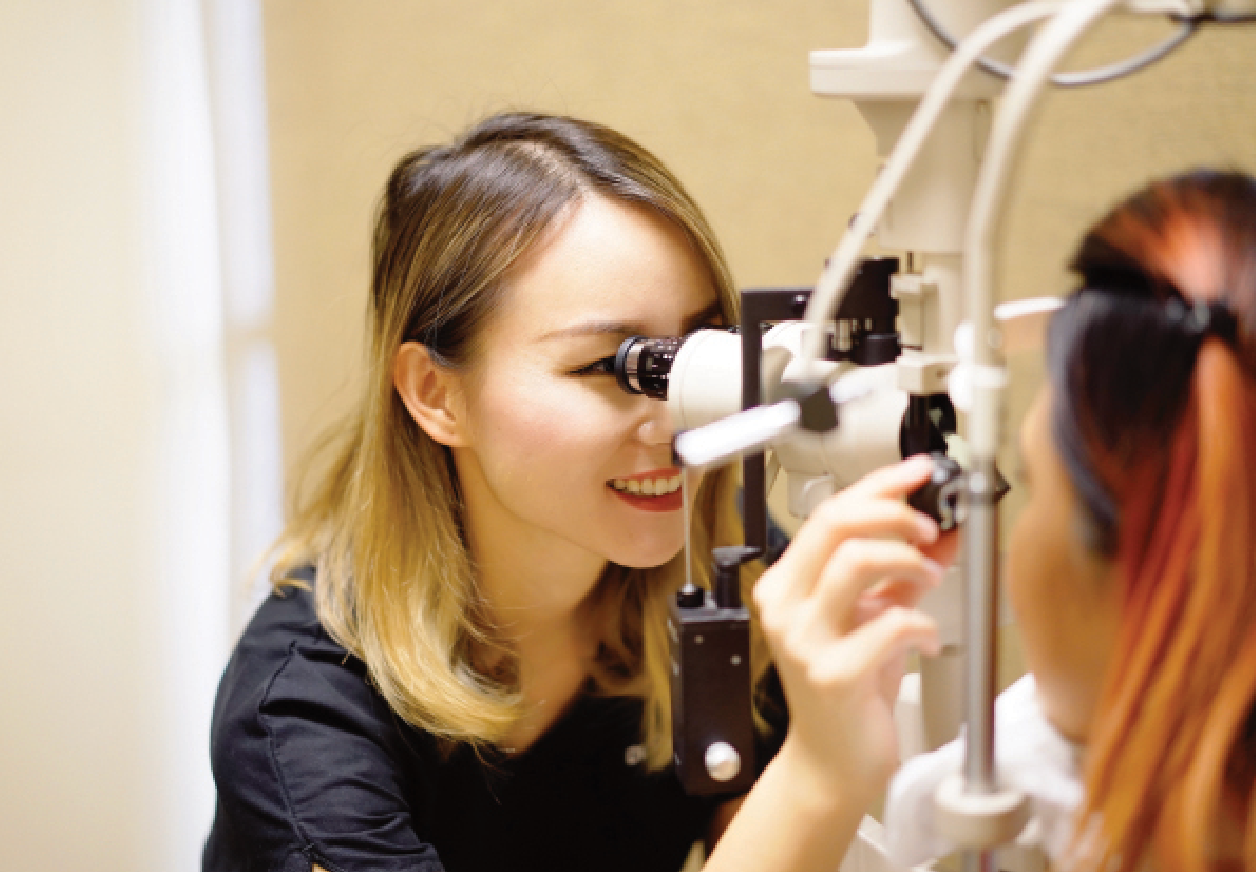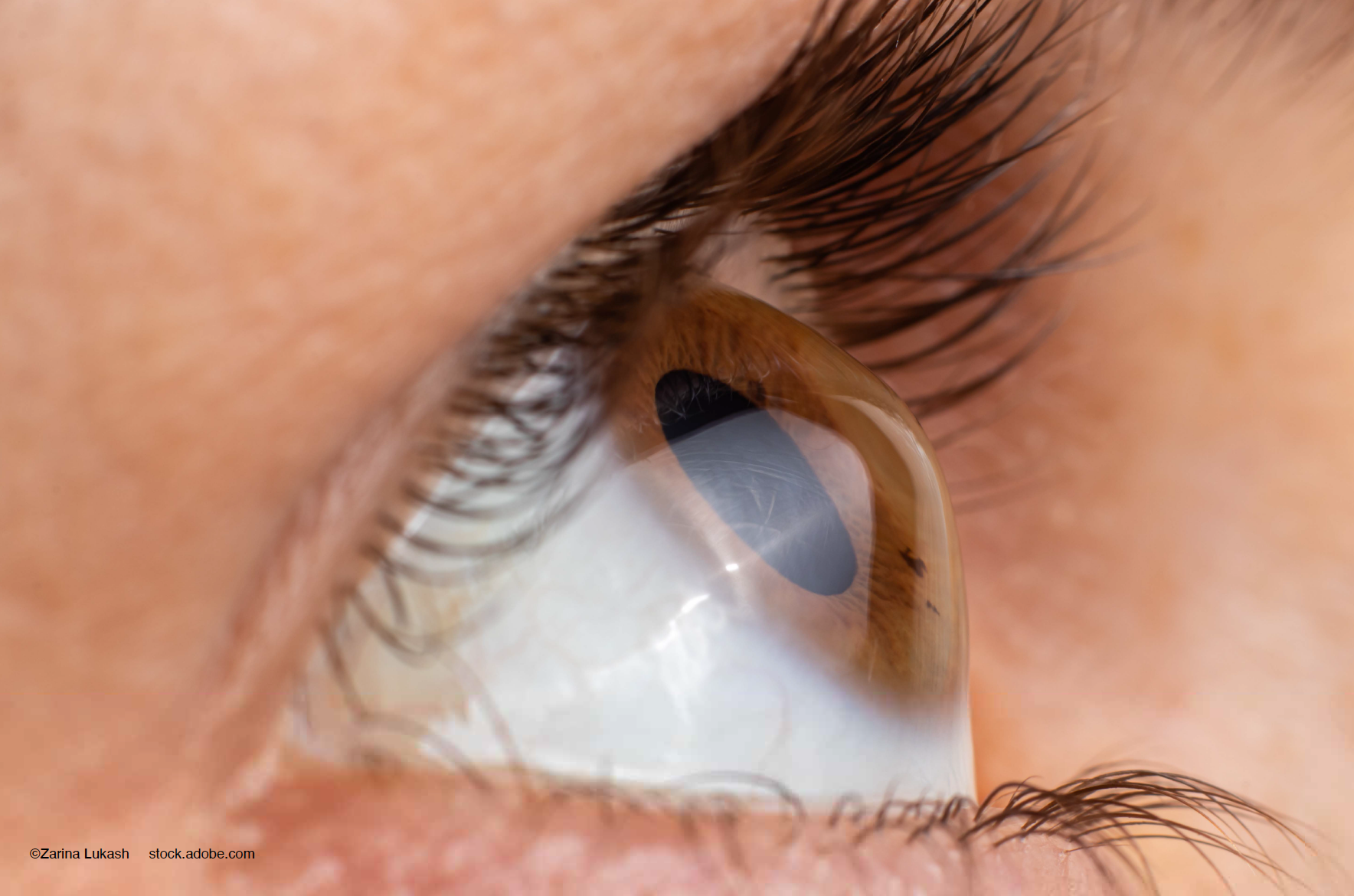Article
What punctal plug delivery of dexamethasone means for allergic conjunctivitis
Treatment of chronic allergic conjunctivitis with a sustained-release dexamethasone resulted in better clinical results because of the sustained and controlled delivery.
Take-home message: Treatment of chronic allergic conjunctivitis with a sustained-release dexamethasone resulted in better clinical results because of the sustained and controlled delivery.
Reviewed by Eugene B. McLaurin, MD, FACS

Memphis, TN-Sustained drug delivery for allergic conjunctivitis is a potential new treatment for the ocular and nasal signs of allergic conjunctivitis. A phase II clinical study of a punctal plug depot of dexamethasone showed evidence of both safety and efficacy over 6 weeks, the maximum time frame associated with pollen seasons in most areas.

Related: How chronic pain syndromes and dry eye are correlated
"We see significant advantages of using a sustained delivery system over eye drops said Eugene B. McLaurin, MD FACS, Total Eye Care, Memphis, TN.
Dr. McLaurin provided an overview of the study that evaluated sustained-release dexamethasone for the treatment of chronic allergic conjunctivitisusing a modified Conjunctival Allergen Model.
Related: What clinicians should know about ocular allergies
The trial was sponsored by Ocular Therapeutix. The company launched its phase III program later in 2015. The same sustained-release dexamethasone product candidate is under review by the FDA for postsurgical pain and inflammation.
More about the research
More about the research
Both programs used punctum plugs composed of a polyethylene glycol-based hydrogel that has been impregnated with 0.4 mg of dexamethasone compared to a drug-free placebo depot. The plug is placed in the canaliculus of the eyelid in the office and provides a sustained release of dexamethasone to the ocular surface.
Related: How punctal plugs may influence tear osmolarity and aid in dry eye therapies
Once implanted, the plug is invisible under normal light but fluoresces yellow under blue light for easier placement and confirmation of retention. The plugs are eventually resorbed and flushed via the nasolacrimal system and do not need to be removed.

The product used in this trial was engineered to release drug for four weeks and showed therapeutic effect out to six weeks, the maximum length of the allergy season in most locales. The hydrogel can be engineered for shorter or longer persistence and drug release depending on the clinical application.
Recent: Getting to the root cause of ocular allergy
In this trial, a total of 68 patients were randomized to bilateral treatment with either dexamethasone (35 patients) or placebo plug (33 patients). The target population was patients who suffer from severe chronic allergic conjunctivitis but show an inadequate response to antihistamine therapy. The trial was designed to evaluate the safety and efficacy of sustained-release dexamethasone for the treatment of the signs and symptoms of chronic allergic conjunctivitis.
Evaluating treatment success
Evaluating treatment success
Efficacy was evaluated using a modified Ora Conjunctival Allergen Challenge developed to mimic the late phase of allergic conjunctivitis. Ocular itching was evaluated by each patient on a 0-4 scale 14 days after insertion at three, five and seven minutes after CAC challenge. Conjunctival redness was evaluated by the investigator on a similar 0-4 scale 14 days after insertion at seven, 15 and 20 minutes post CAC challenge.

Which is it: Allergy or dry eye?
Treatment success in this trial was defined as clinical superiority of dexamethasone over placebo by at least 0.5 units for three post-CAC time points for ocular itching and conjunctival redness as well as improvement by at least 1.0 units for the majority of post-CAC time points for ocular itching and conjunctival redness.
Secondary endpoints included ciliary redness, episcleral redness, chemosis, eyelid swelling, tearing/watery eyes, rhinorrhea, nasal puritis, ear/palate puritis and nasal congestion at days 14, 28, and 42 days post-insertion.
Related: How new eye drop is stabilizing and relieving dry eye
"We know that using eye drops can be too often ineffective because adherence can be low,” Dr. McLaurin said. “It can be very difficult, even discouraging, to try to get drops into the eye on a regular schedule. It is quite difficult to self-administer drops effectively and almost as difficult for patients who have caregivers trying to give drops as directed.
With sustained release delivery, adherence isn't an issue because you get steady state drug delivery for the entire life of the product. Not only is it easier for patients, it should result in better clinical results because of the sustained and controlled delivery of drug."
Scores
At 14 days post-insertion, the plugs loaded with drug were superior to vehicle in treating ocular itching. Mean ocular itching scores for the treatment group were superior to those for vehicle at 3, 5 and 7 minutes post-CAC with treatment differences of -0.78, -0.98, and -0.88, respectively (p ≤ 0.0031).
Plugs loaded with drug were also superior to vehicle in treating conjunctival redness on Day 15 (14 days post-insertion). Mean redness scores for the treatment group were superior to those for vehicle at 7, 15 and 20 minutes post-CAC with treatment differences of -0.51, -0.70, and -0.67, respectively (p ≤ 0.0100).
Editorial: Why doctors have biggers houses than lawyers
The sustained release system was very well-tolerated, Dr. McLaurin said. There were no product or treatment related serious adverse events and the adverse event rates were similar for both treatment and placebo groups. The adverse events all occurred after treatment.
"The real potential of this sustained delivery system is in patient compliance," he said. "Once the physician inserts the plug, adherence isn't even a consideration in treatment. The actual insertion procedure is very easy for the physician.
Blog: 5 things interviewers look for in residency candidates
There weren't any problems with the size of the plug or insertion in any of the eyes we treated. And it is by far the most convenient thing for the patient because no one has to worry about getting drops in. Once the product is in place, treatment just happens."
Eugene B. McLaurin, MD, FACS
This article was adapted from Dr. McLaurin’s presentation at the 2015 meeting of the American Academy of Ophthalmology. Dr. McLaurin did not indicate a proprietary interest in the subject matter.
Newsletter
Don’t miss out—get Ophthalmology Times updates on the latest clinical advancements and expert interviews, straight to your inbox.





